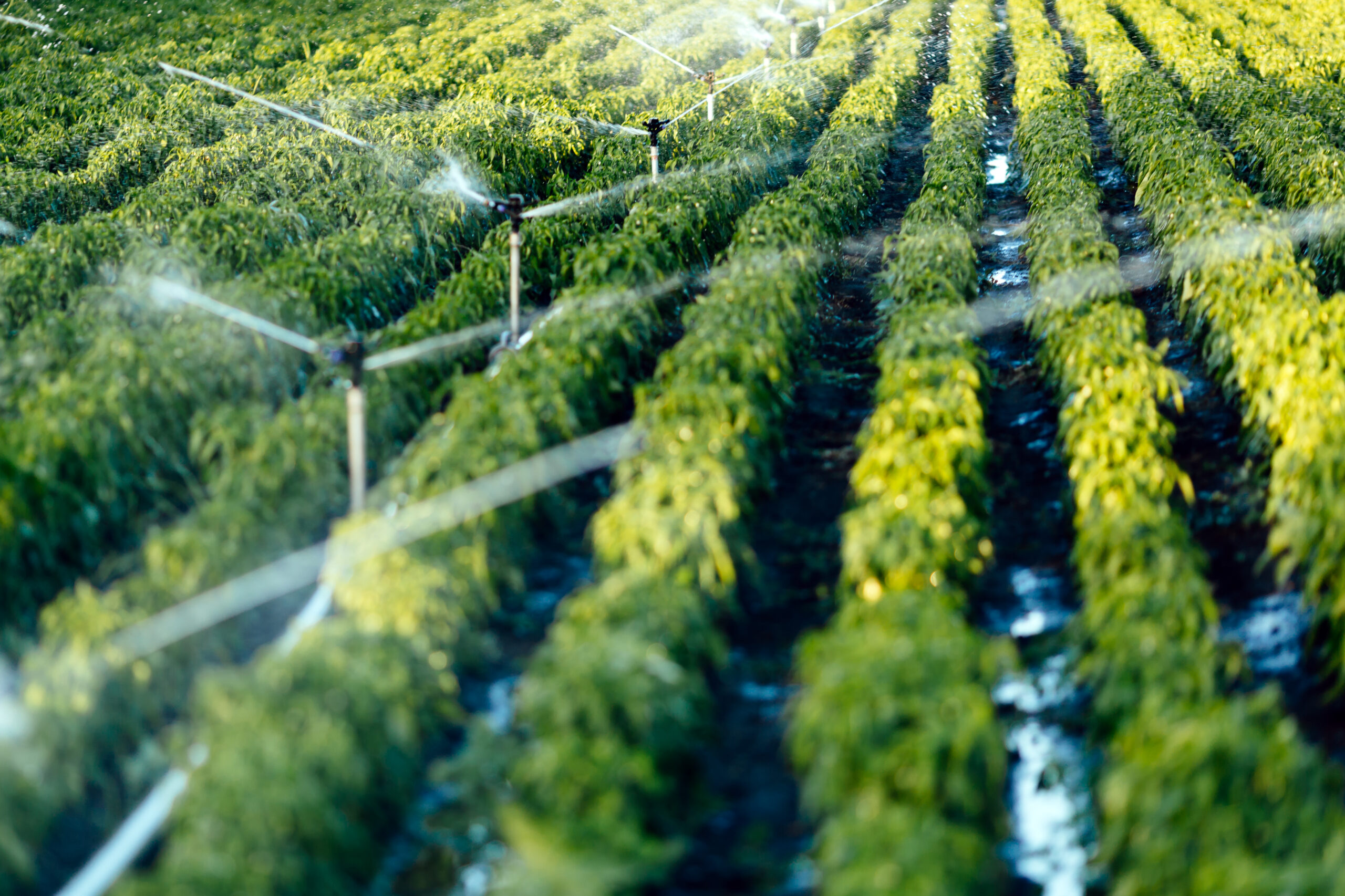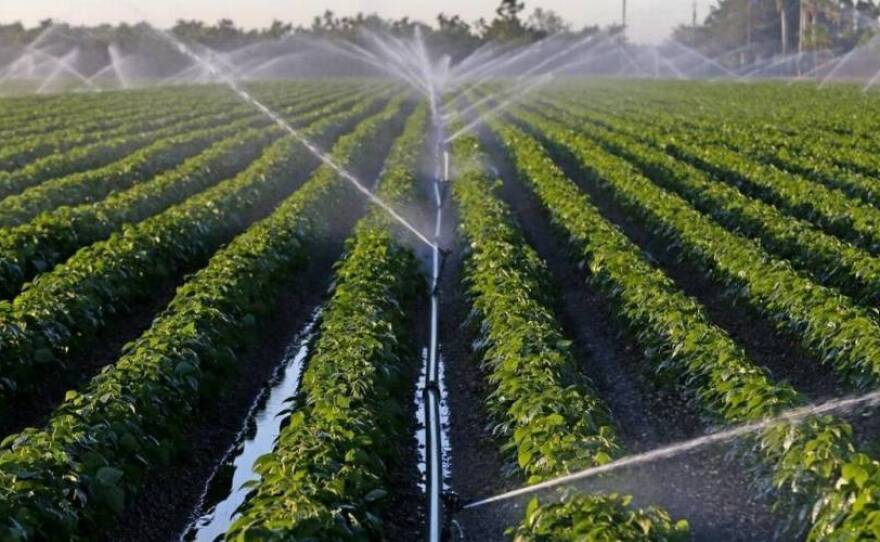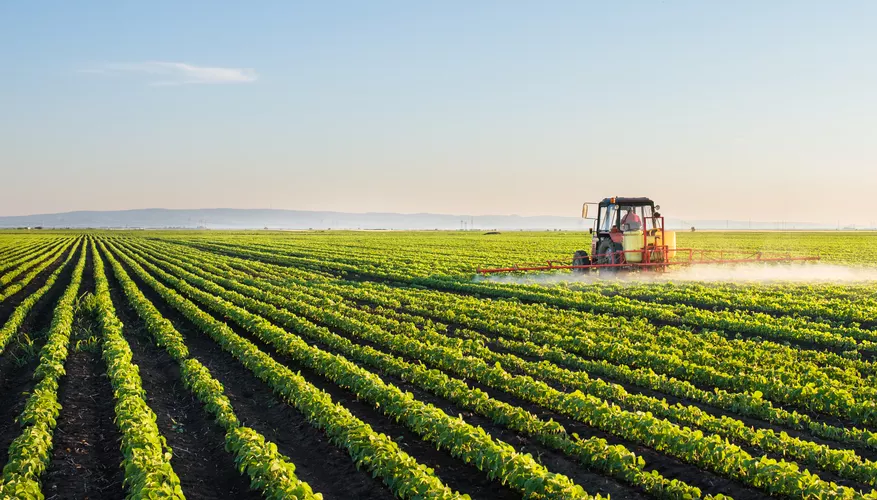AGRICULTURAL INVESTMENT
Modern day agriculture won't be realistic
without some of the most expensive machineries put in place for it. Agriculture is the future of industrial raw material and the world food supply. Sats real assets being a diversified and forward thinking investment company, has ventured into this sector of investment... Today, Sats real assets channels it's resources into it's various farms spread across the globe in order to generate daily profit for it's investors and secure the
future of global food supply.



BENEFIT OF INVESTING
IN AGRICULTURAL FARM LAND
Do you planning to invest in farmland but are still confused? Let us help you by explaining the benefits of investing in agricultural farmland / Farmland Investing.
1. A
hedge against inflation: Farmland is one of the few asset classes that has proved to be a reliable hedge
against inflation over time. Over the past several decades, agricultural farmland prices have risen
steadily despite periods of economic recession
and fluctuating interest rates. While other asset classes such as stocks and bonds are subject to
fluctuating prices due to market forces, farmland does not share this risk. Since it’s an asset that
produces food for human consumption—something that people need regardless of whether there’s an economic
boom or bust—farmland has been shown to be able to weather
difficult economic conditions with less volatility than other assets
like stocks or bonds.
2.
Steady cash flow: You can think of farmland (Farmland Investing) as an asset that produces cash flow.
Cash flow is a steady, predictable source of income that you can count on to be there every year. Farms
are also a good investment diversifier: if you invest in farmland, your portfolio will include both real
estate and long-term assets (the farm), so it’s less likely for all your eggs to be in one basket.
Finally, farmland is an inflation hedge—real estate prices tend to increase over time with inflation
because buildings require maintenance and repairs and fixed costs like insurance and property taxes
don’t go down when the economy slows down or goes into recession.
3.
Long-term price appreciation: It is also important to note that agricultural land prices have
historically appreciated at a rate greater than inflation. In other words, the value of your investment
grows over time. If you purchased $100,000 worth of farmland in 1960 and sold it today for $1 million,
you would have enjoyed a nearly 10-fold increase in value.
The price increases are not correlated with other asset classes such as stocks or housing. That is to
say that when stock prices rise and fall over time due to market conditions, so do agricultural land
values; however, when housing prices go up and down due to economic conditions (e.g., inflation), there
is no similar impact on farm commodity prices because they are more dependent on weather patterns than
anything else—and these weather patterns affect all crops equally regardless of where they’re grown
4.
Diversification of portfolio: In addition to providing a solid return on investment over the long term,
you can also diversify your portfolio by investing in agricultural farmland (Farmland Investing). By
owning farmland, you will be able to mitigate risk because the price of agricultural products is not
correlated with other asset classes. As an example, if oil prices rise and fall, this is unlikely to
have any impact on the price of crops such as wheat or corn. In contrast, if you were to own stocks in
oil companies, they would become less valuable if oil prices decreased due to increased supply or
decreased demand.
Investing in agricultural farmland
is a great option for a variety of investors.
When
it comes to investing in real estate, there are many options to choose from. While it is true that all
real estate investments can provide a lucrative return on investment, some offer more benefits than
others. Agricultural farmland is one such investment that offers individuals and families many benefits,
including:
- Generating income through farming or other agricultural uses;
- Storing wealth as an alternative asset class (i.e., something other than stocks or bonds); and
- Generating capital gains when land prices appreciate over time.
Security of Client's Funds
Your funds are fully secured when you invest
with sats real assets holding and exchange limited.


